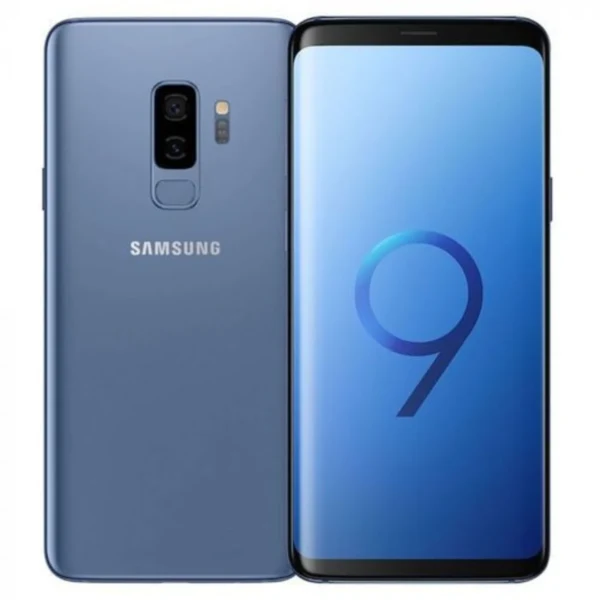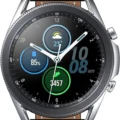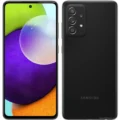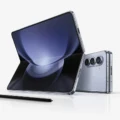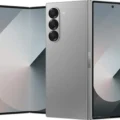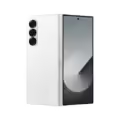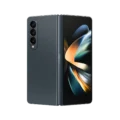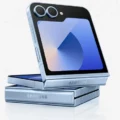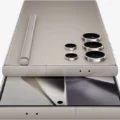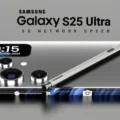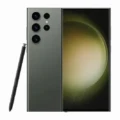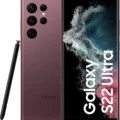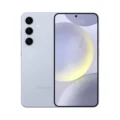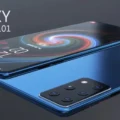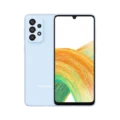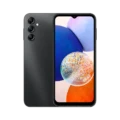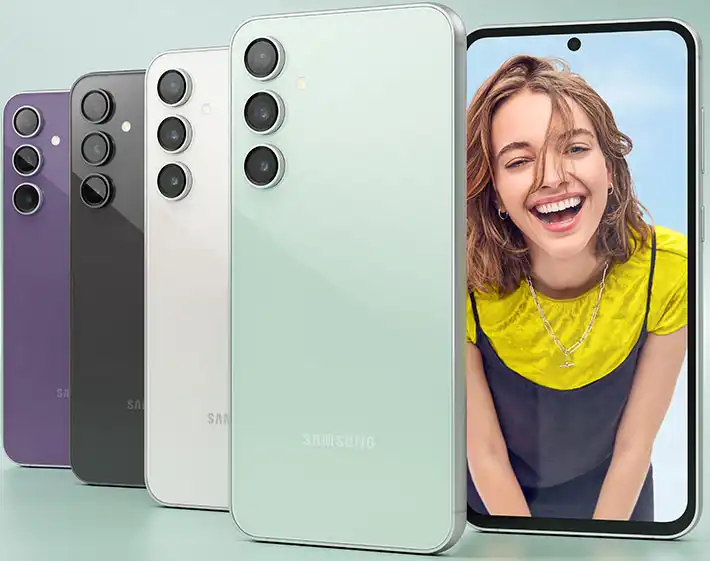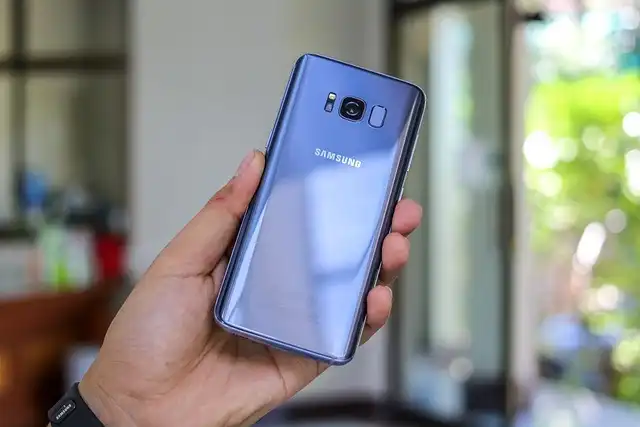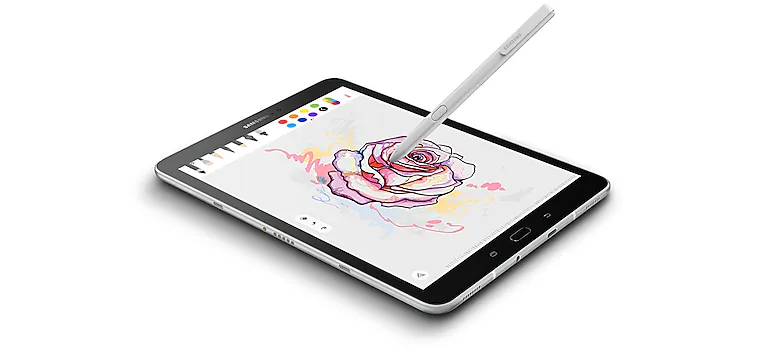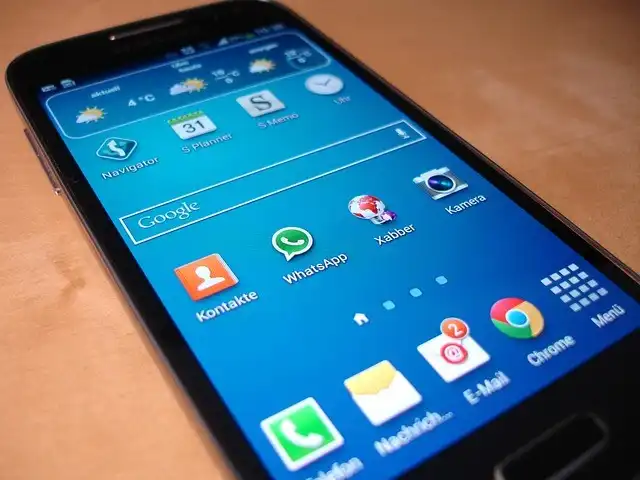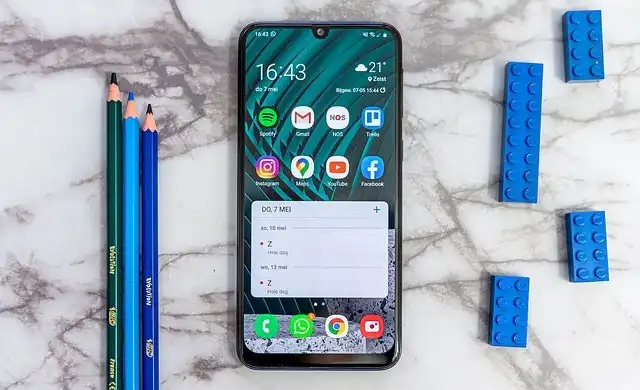The Samsung Galaxy S9 Price in Nigeria is 215,000 Naira and this includes Lagos, Abuja, Kano, Rivers, Ogun, Oyo, Delta, Kaduna, Edo, Enugu, Port Harcourt, Ibadan, Benin, Owerri, Warri.
The Samsung Galaxy S9, released in 2018, was once a flagship phone and remains a popular choice in the second-hand market. But how does it hold up in today’s tech landscape? Let’s dive into its key aspects to see if the S9 is still a viable option in 2024.
Display:
The S9 sports a 5.8-inch Super AMOLED display with a resolution of 1440 x 2960 pixels. This translates to a sharp and vivid viewing experience, perfect for watching videos, browsing photos, and gaming. While some might find the bezels on the top and bottom a touch outdated compared to newer phones with near bezel-less displays, the S9’s screen still delivers rich and vibrant colors.
Camera:
The S9 sports a single 12MP rear camera with an f/1.5 aperture and a variable aperture that can adjust to lighting conditions. In good lighting, the camera captures detailed and well-balanced photos. However, low-light performance suffers from noise and blur. The S9 also boasts an 8MP front-facing camera for selfies and video calls. While not top-of-the-line by today’s standards, the camera system is adequate for capturing everyday moments, especially for users who prioritize camera performance less than other features.
Performance:
The S9 is powered by the Qualcomm Snapdragon 845 processor, paired with 4GB of RAM. This combination was top-of-the-line in 2018, but in 2024, it faces stiffer competition. While it can handle everyday tasks like social media, browsing, and streaming videos with ease, demanding games or heavy multitasking might cause some slowdown. Users who prioritize cutting-edge performance might be better suited with a newer flagship phone.
Battery:
The S9 houses a 3,000mAh battery, which was a standard capacity for its time. With moderate usage, you can expect to get through a workday on a single charge. However, power users who heavily utilize their phones throughout the day might need a top-up in the late afternoon. Wireless charging is also supported for added convenience.
Storage:
The Galaxy S9 came in two storage options: 64GB and 128GB. In 2024, these capacities might feel limiting for users who store a lot of photos, videos, or apps. Thankfully, the phone offers expandable storage via a microSD card slot, allowing you to add extra gigabytes if needed.
Software:
The S9 originally launched with Android 8.0 Oreo, but has since been updated to Android 10. This ensures you have access to most of the core features and functionalities of the Android operating system. However, it’s important to note that Samsung has ended software support for the S9 in 2023, which means it will no longer receive security updates. This is a crucial consideration, especially as older software can be more vulnerable to security risks.
Connectivity:
The S9 supports standard network connectivity options like Wi-Fi, Bluetooth, NFC, and GPS. However, it does not support 5G, which is a growing concern as 5G networks become more widely available. This might be a dealbreaker for users looking for future-proof connectivity.
Sound:
The S9 boasts a stereo speaker setup, one on the bottom and one integrated into the earpiece. This delivers a more immersive audio experience compared to phones with a single down-firing speaker. While the sound quality won’t match dedicated music players or high-end headphones, it’s sufficient for casual listening to music, podcasts, or watching videos.
